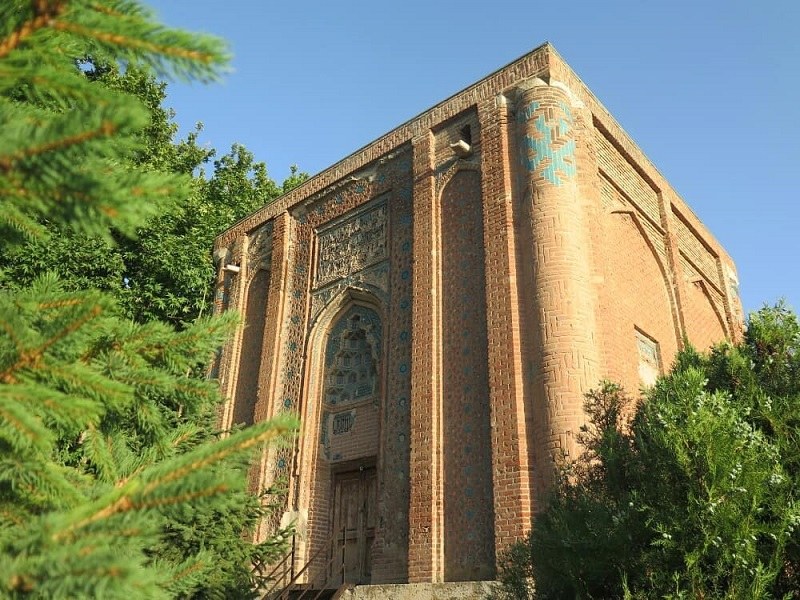
Maragheh offers several tourist attractions to its visitors. This city is known as the garden city and astronomical capital of Iran. It is also one of the ten historical cities of Iran. Maragheh has many green areas and gardens inside the city, and the beautiful Sufi Chai River runs through the city center.
Five Mausoleums, Red Dome, Circular Tower, Blue Dome, observatory, Mehr Temple, etc. constitute the main historical sites of Maragheh.
Geography of the Maragheh
Maragheh is the second-largest city in East Azarbaijan Province. The city is spread along Sufi Chai River, on the southern foothill of Sahand Mountain. Maragheh is at the southwest of East Azarbaijan Province, at the east of Lake Urmia. It has got Tabriz City on the north, Hashtrood City on the east, Miandoab City on the south and Lake Urmia on the west.
Maragheh has cold temperate and relative humidity. The average annual temperature in the city is 12.5ᵒC. In addition, the annual rainfall is about 330 millimeters and its freezing season is about 81 days per year. The city is approximately 1478 meters above sea level.
There are various ways of accessing Maragheh:
- By train
Maragheh railway station is located on the railway line of Tehran-Tabriz. The length of this railway is 607 km from Tehran and 129 km from Tabriz. It takes about 6-7 hours to get there by train from Tehran and vice versa. However, it takes 2 hours to get there from Tabriz by train.
- By airplane
There are only flights from Maragheh to Tehran and vice versa in Sahand Airport of Maragheh. The duration of this flight is 1 hour.
- By car
Maragheh connects from the west, east and south to the cities of Bonab, Hashtrood and Malekan respectively. It provides good roads for transit. The road of Maragheh to Hashtrood, as of today, early 2020, is also being widened to have two separate lanes and to connect to the highway of Tabriz to Tehran.
Population and Economy of Maragheh
According to the 2016 statistics of the Iranian Population and Housing Census Organization, the population of Maragheh in urban areas was 175,859 people.
As it is located on the southern foothill of Sahand Mountain and close to the rivers, this city is thriving in agriculture. Major industrial activities of Maragheh are the production of fur, carpets, raisins, dried fruits, honey, dairy products, and other foodstuffs.
There are more than 20,000 hectares of fruit gardens around the city. Thus, fruit production is an important factor in the economy of Maragheh. The city is also a major exporter of silk carpets in the world.
History of Maragheh
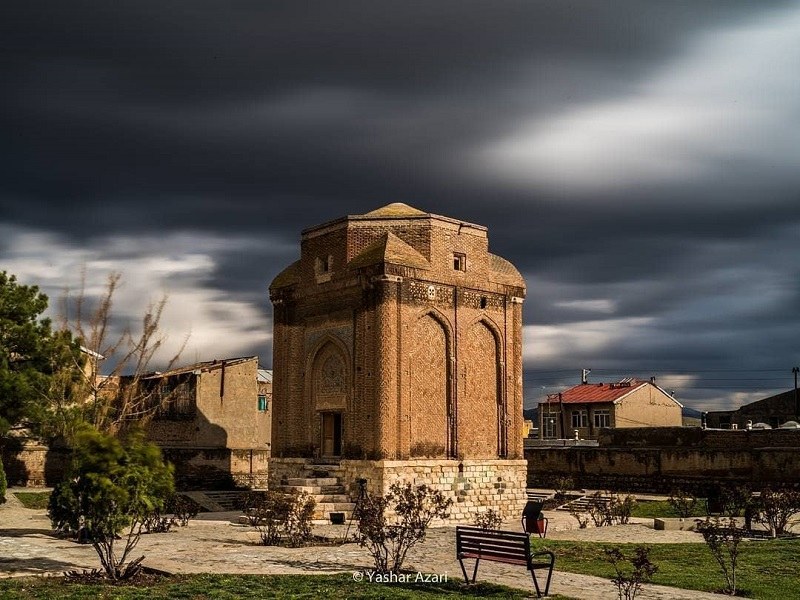
Maragheh is the second oldest city in Azerbaijan after Urmia. Before Islam and in the 8th century BC, there used to be a kingdom in Maragheh. However, today, there are no remains left from the headquarter of this ancient local government.
Since the pre-Islam era, the city has been developed. After Islam, in 643, the Arabs captured Maragheh after the invasion of Iran. Abbasid caliphs chose Maragheh as their capital. Furthermore, the Mongols captured the city in 1221, but after a short time, the city was freed.
However, from the 12th to the 14th centuries, more growth and prosperity has started there. Maragheh was once the capital of several local dynasties, and ultimately it became the center of the Ilkhanid government.
The peak of the reputation and the prosperity of Maragheh was in 1258. Under the command of the Ilkhanid ruler, Hulagu Khan, Khajeh Nasir al-Din Tusi, with the collaboration of several other scientists and astronomers, the city carried out major successful projects. They established a large university, an observatory, and other scientific and research centers there.
Therefore, many researchers and scholars came to Maragueh from all around the world to study there.
In the 14th century, the Mongolian feudal lords took control of the government of Maragheh. As Hulagu Khan was a Buddhist, and his wife and mother were Christians, Maragheh and its nearby cities were the centers of Christianity.
Romans, Armenians, and Nestorians, especially their scientists and artists, gathered in Maragheh and constructed many churches in the city. Also, a long wall, attributed to Hulagu Khan Era, enclosed the city borders.
In the early Qajar period, Maragheh was among the ten most populous cities in Iran. During this period, Iranians established the first Iranian weapon-making factory in Maragheh. In the Pahlavi era, Maragheh was one of the most peaceful cities of Iran from social and political points of view.
Historical Attractions of the City
With more than 300 nationally inscribed heritage sites, you can visit interesting places inside Maragheh:
Five Mausoleums
These five buildings belong to the 12th to 14th centuries and are the most prominent tombs of the city.
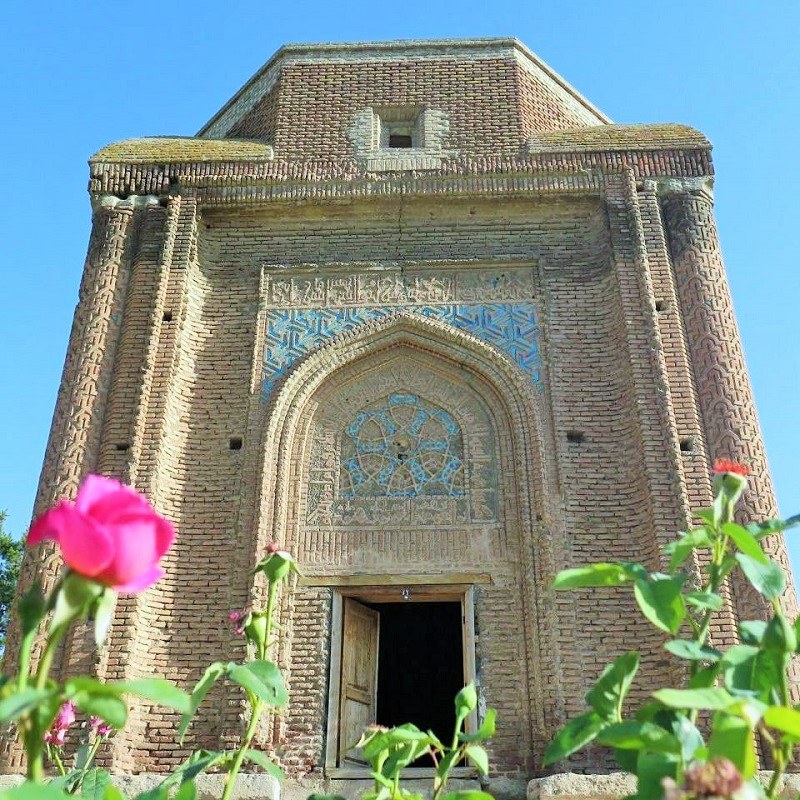
Here are a brief introduction of the Five Mausoleums:
- Red Dome
This building is one of the best examples of brick structures in Iran. It is the oldest one among the five mausoleums of Maragheh. It is known as the Red Dome in Azerbaijan. The construction dates back to 1131. It is located in the southwest of the city. - Circular Tower
The construction of the building completed in 1168. The circular tower, with no dome and roof, is located beside the Blue Dome. - Blue Dome
In a distance of about 10 meters from the Circular Tower, there is a building in the form of a decahedron prism. The local people call it the “tomb of the mother of Hulagu Khan” or “Goi Borj”, which means Blue Tower in Azeri language. However, according to the inscriptions on the building, which includes Koranic verses, it would not be easy to infer that it could be the tomb of Hulagu Khan’s mother, a Christian. - Qaffariyeh Dome
The construction date of this tomb is between 1325 and 1328. This square-shaped building is located in the northwest of the city along the Sufi River. - Blue Tower (Goi Borj)
This building was located in Atabak Neighborhood that was completely destroyed during 1937 and 1938. Today, there is no trace of this circular tower.
Mehr Temple
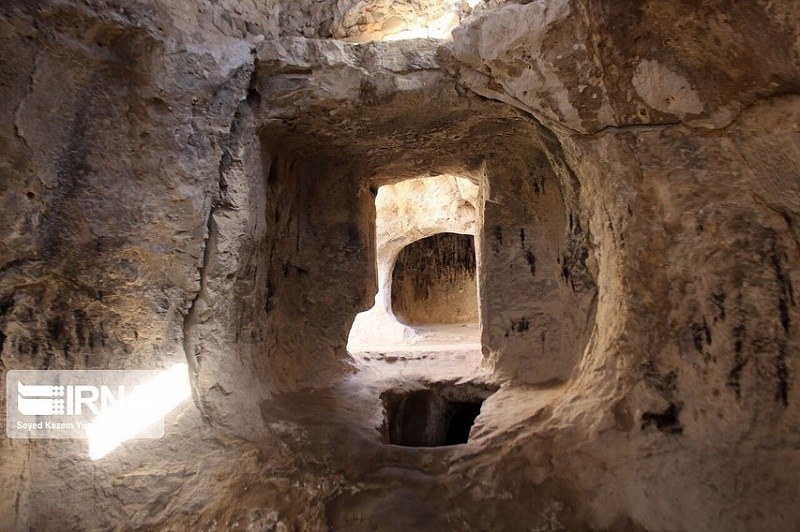
This is one of the first human settlements and prehistoric temples. Mehr Temple had been carved on some rocky grounds, which is now an ancient cemetery. By excavating in this area, some parts of this temple appeared, but still, most parts of it need to be unearthed. This monument belongs to the Parthian period and it was a place for Mithraists’ ceremonies.
Maragheh Observatory
Following the selection of Maragheh as the capital by Hulagu Khan, Khajeh Nasir al-Din Tusi, the Iranian philosopher and scientist lived there. He requested Hulagu to build an observatory on a cliff in the northwest of the city. Hulague agreed and commissioned this project to him. Khajeh established the observatory, invited scientists to Maragheh, and formed a scientific center with their cooperation.
(Khaje Nasir al-Din Tusi was one of the most prominent and influential figures in the history of Islamic intellectual movements. He is quite well-known as the prominent scholar of his time in religious and rational studies, logics and natural wisdom sciences)
Awhadi Tomb
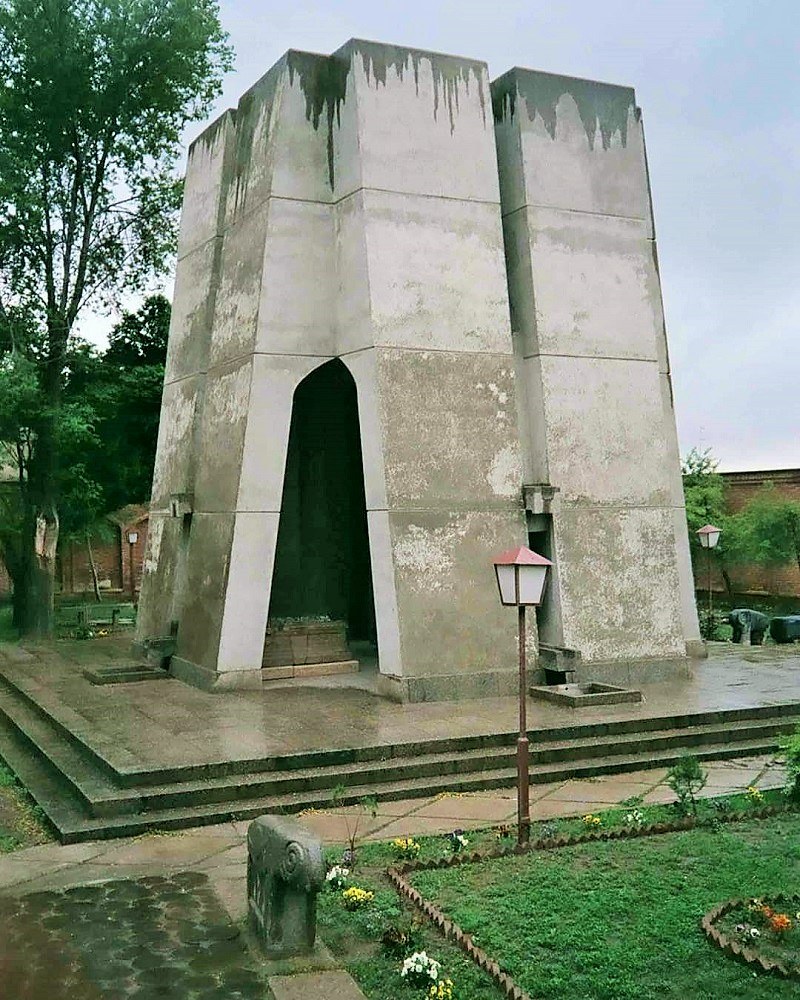
This tomb is located in a garden belonging to a local mystic order called “Ahl-e Haq”. The architects have rebuilt it in 1974. Next to this tomb, there is another tomb belonging to a mystic of Guran order.
Qizlar Qal’asi
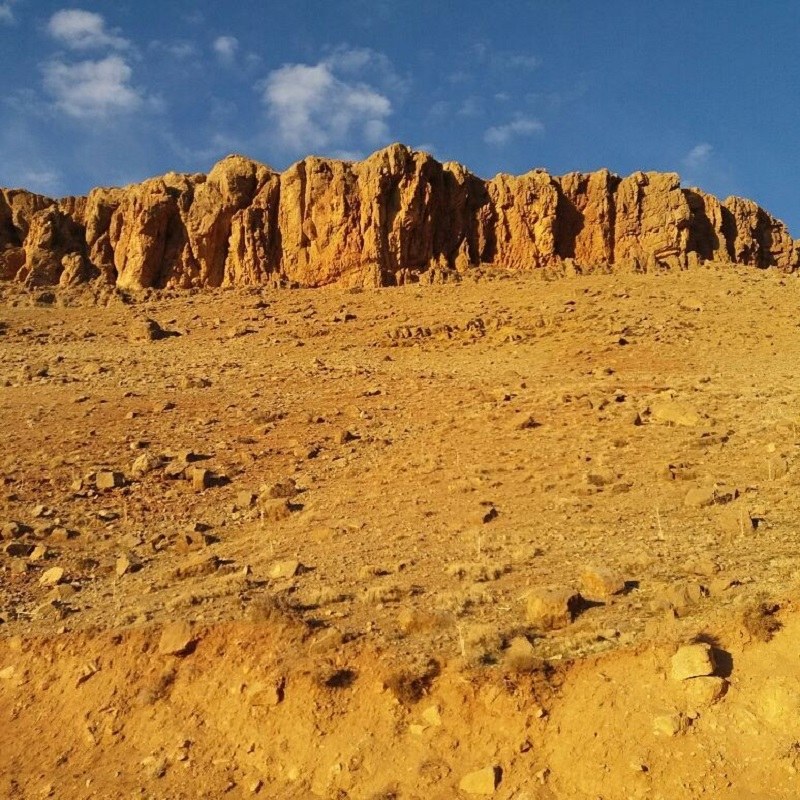
This castle dates back to the first millennium of post-Islam periods. It is located in Maragheh, in the central part of Qara Naz Village. This building is recognized as a national heritage site of Iran.
Ahmadak School
This school was established before 1135. It is the burial place of an Abbasid Caliph.
Ezzieh School
The other name of the building is Qazi School. It is likely that this school had a prestigious position in the field of scientific research and has been operating for several years. According to historical texts, many scholars have studied in this school.
Atabakieh School
This school was another educational institute of Maragheh during the Atabakan era and many scholars have studied there.
Mohiyeh School
The school is located in the bazaar of Maragheh. The construction of this building dates back to some period before 1210. It is one of the dozens of schools built in the city from the Mongols’ invasion of Safavid domination.
Sivasi School
The building dates back to 1281. During this period, people built many schools in Maragheh and scientists from various parts of the world taught in these schools.
Sa’adieh School
This is the first school built in the modern style in Maragheh. It was opened in 1906.
Natural Attractions of the City
Here’s a list of the natural wonders of Maragheh:
Sahand Mountain
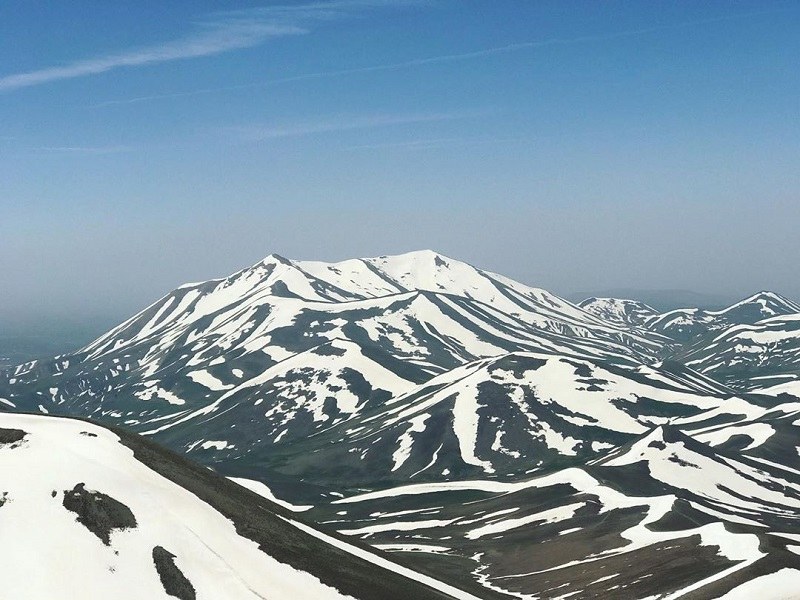
This local mountain range is located 40 km north of Maragheh. Jam and Sahand summits are respectively the second and third highest summits of this local range. Every year, many people go to Maragheh to conquer these two summits.
Spas in Maragheh
There are hot and cold mineral waters around Maragheh City and in rural areas. Here the most famous of spas in Maragheh:
Shur Su (Salty Water)
It is a spring located about 7.5 km south of Maragheh and near the beautiful Chaybaghy village. The water of this spring has a lot of carbon dioxide.
Goshayesh Spring
In addition to their spectacular landscape, the mineral springs of Goshayesh Valley are the medicinal attractions of Maragheh due to the healing properties for some diseases.
Sari Su (Yellow Water)
This mineral spring is located 4 kilometers from Maragheh, 3 kilometers to the northwest of Varjoui Village and on the way to Khaneqah Village, on a hill. Recently, Iranians have constructed the railway line from Maragheh to Urmia 50 meters away from this spring. Sari Su is located 4 km south of Maragheh and is on the way to Varjoui Village.
Qara Palchiq (Black Mud)
The headspring of Qara Palchiq mineral water is located on the foothills of Sanjan Mountain. The local villagers and the people of Maragheh use this spring in summer for bathing. According to the local people, the water of this spa has medicinal properties.
Isti Balaq (Hot Spring)
This hot spring has mineral properties and is located 4 km east of Maragheh.
Sang-e Safra Spring
This is a spring originating from the beautiful gardens of Maragheh. The spring is currently located in the city. The access road to this spa is located on the northern ring road of the city. You drive 900 meters by car and walk some 80 meters to see the spring.





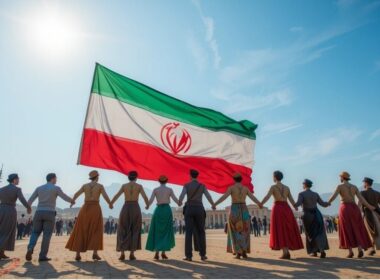
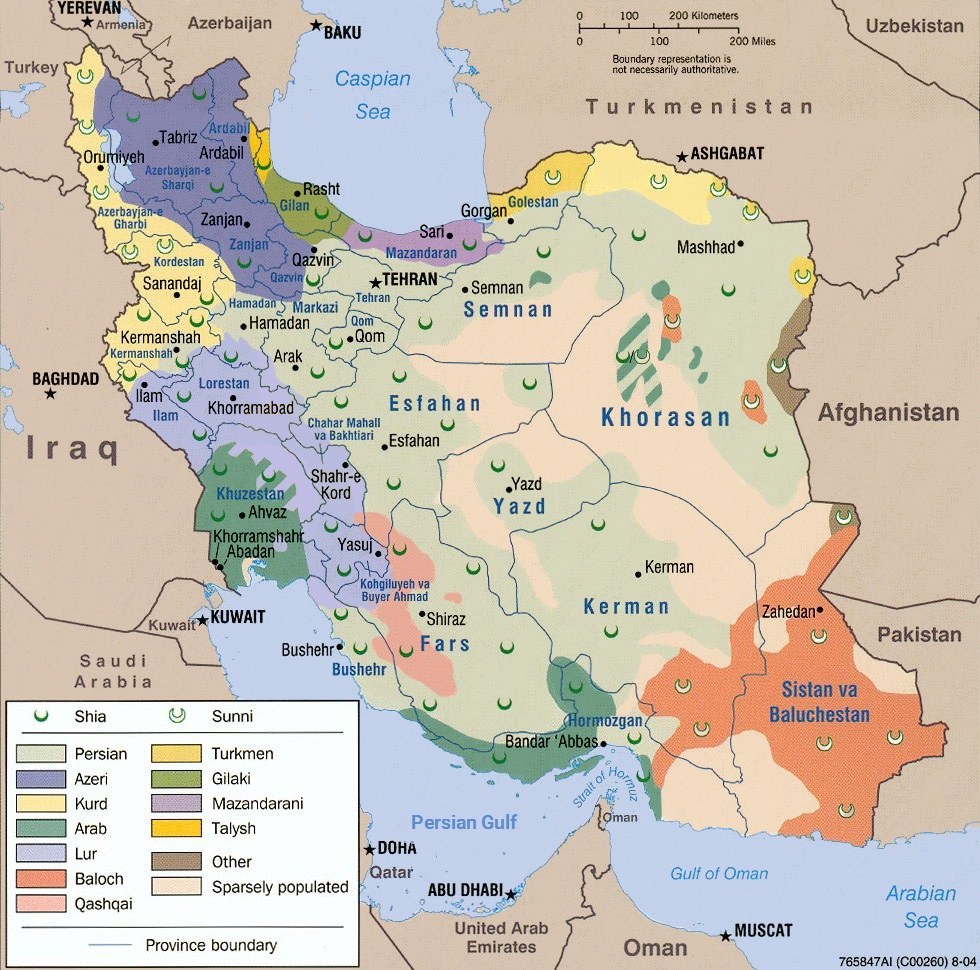
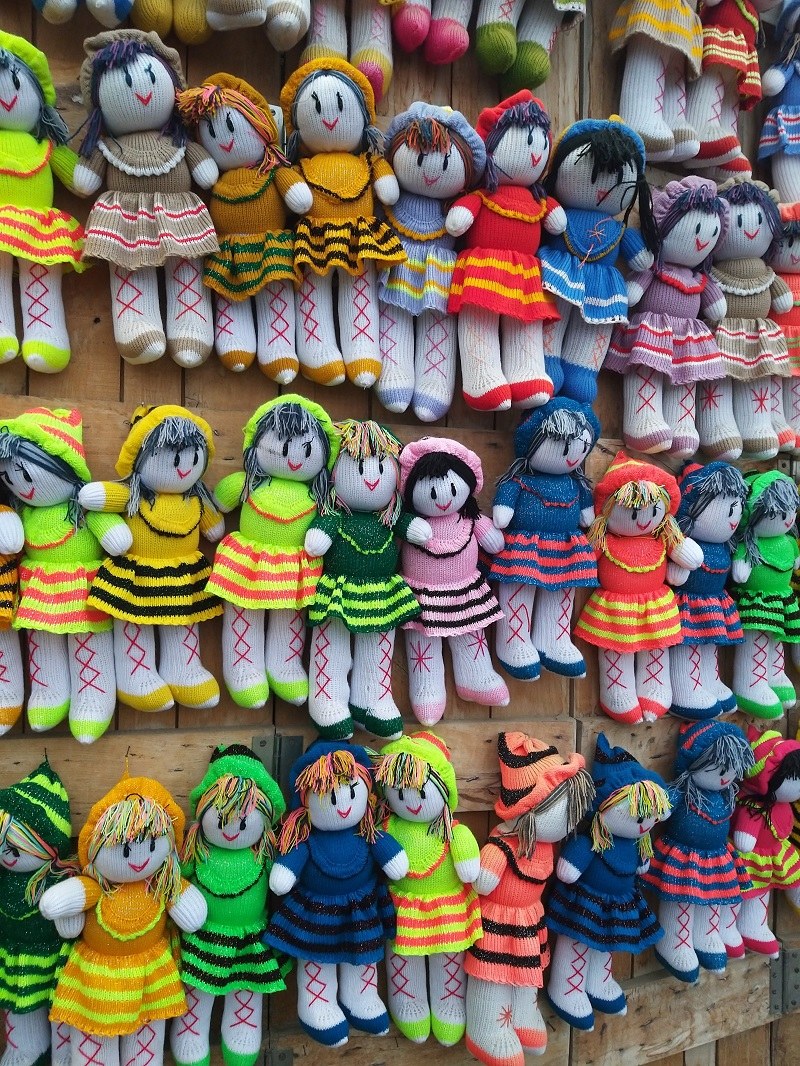
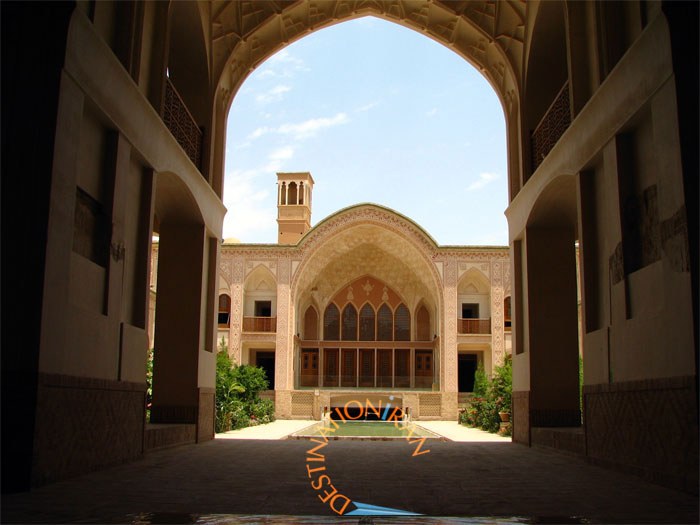
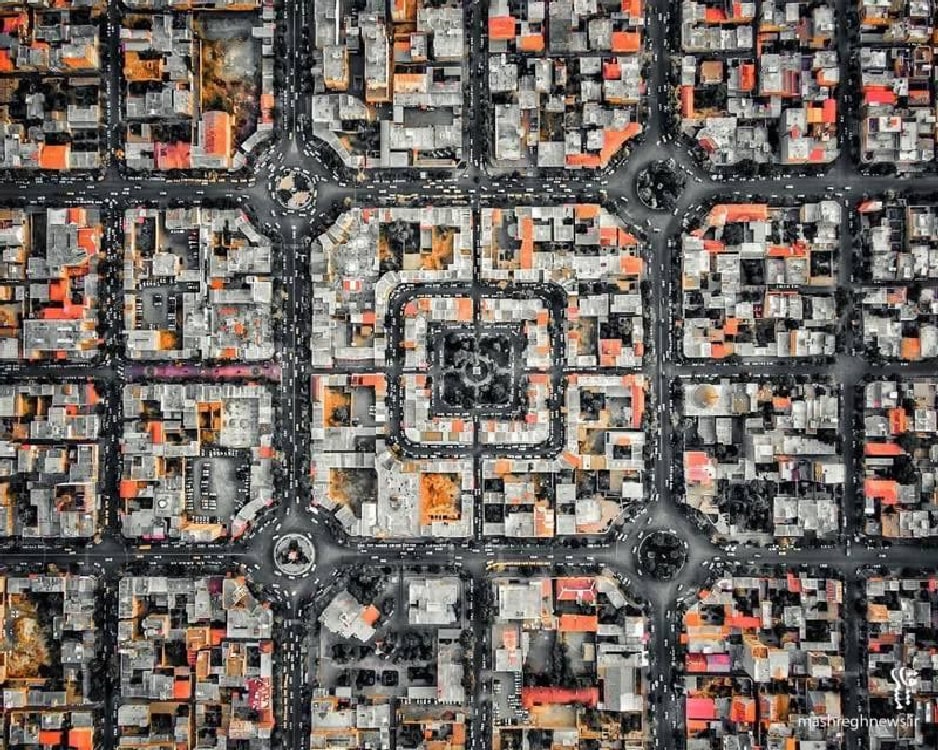
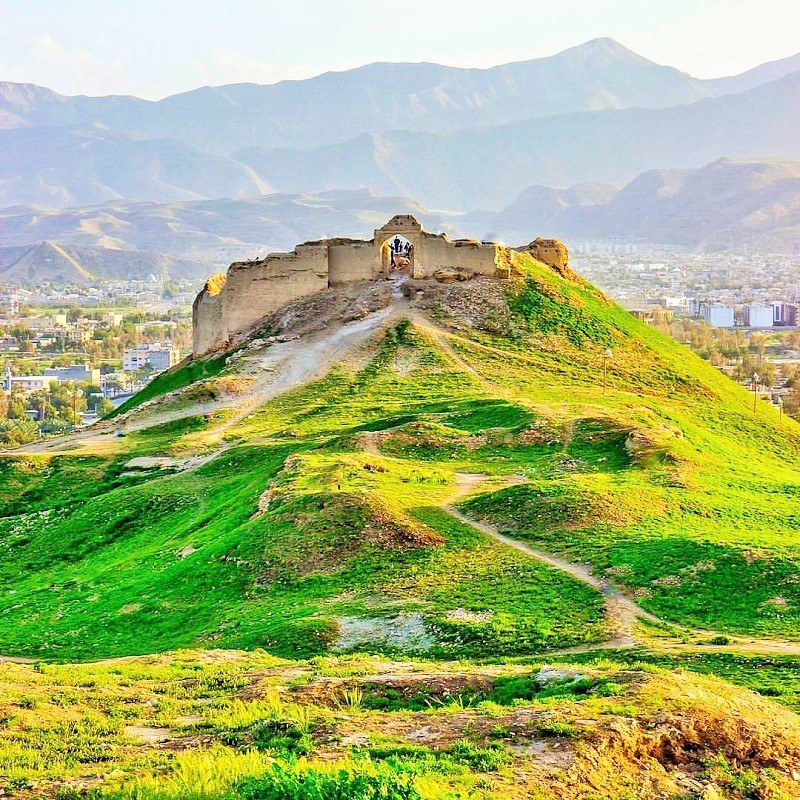
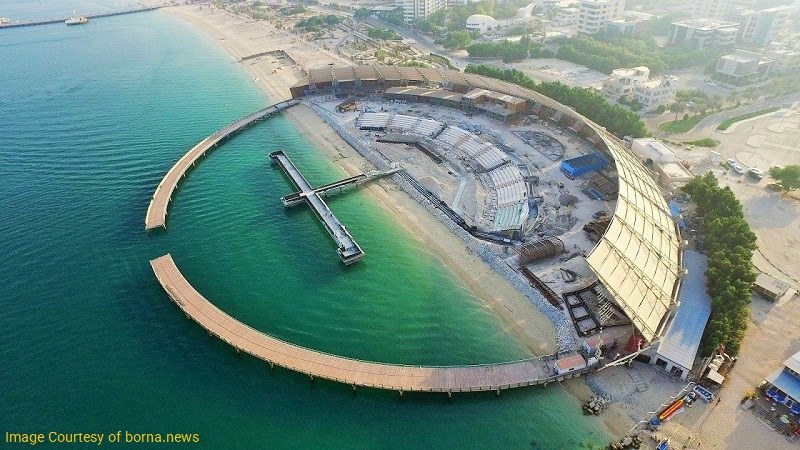


Maragheh is really beautiful